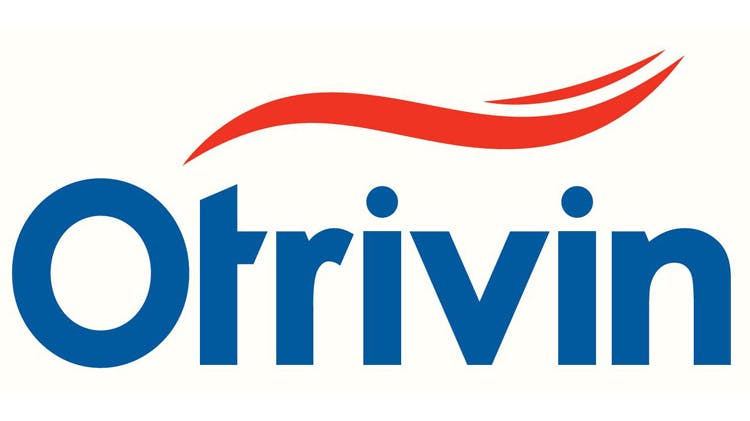Headaches and Muscle Aches: Management

Managing headaches and muscle aches
Here we discuss the recommendations for managing headaches and muscle pains as a result of the flu.
Steps for managing headaches and muscle aches
IDENTIFY
Identify and confirm the headache and muscle ache as symptoms of a flu infection.
EDUCATE
- Increase patient awareness of minimising transmission of the virus to other people
- Advise on ways they can alleviate their flu symptoms
RECOMMEND
Along with appropriate advice, recommend or provide treatments that best address their symptoms.

Educating your patients
As the influenza virus causes significant illness and even morbidity every year,1 patients should be educated on reducing their risk of becoming infected and how to help stop the spread of the virus. This includes:2
- Using a tissue to cover coughs and sneezes
- Regularly and thoroughly washing hands
- Avoiding touching the face
- Keeping up to date with yearly vaccinations
- Maintain good hydration
- Rest
It should also be explained to patients that there is no cure for the flu, but bothersome symptoms such as headaches and muscle aches can be managed with appropriate therapies, including:3
- Non-prescription analgesics
- Rest/sleep
- Combination of prescription and non-prescription analgesics
- Natural/alternative medicines
Analgesia is recommended for relief from headaches and muscle aches4,5

Headaches and muscle aches not sufficiently relieved with analgesia
Meningitis and other serious conditions may mimic the symptoms of a flu infection. Patients experiencing severe headache, high fever, neck pain or stiffness, photophobia, or a purpura rash,10 should be referred to a physician for proper diagnosis.
In addition to the above, head pain should also be referred for appropriate medical attention,11 if it:
- Is severe or sudden
- Requires pain relievers more than twice a week
- Is exacerbated by bending over or a Valsalva manoeuvre
- Occurred after head trauma

Headache and muscle ache management: in summary
After appropriate diagnosis of the flu as the underlying cause of your patient’s headache and/or muscle aches, analgesia may be recommended for symptomatic relief, with paracetamol suggested as the first-line treatment.6,9
Otrivin – the Power to Feel Better
